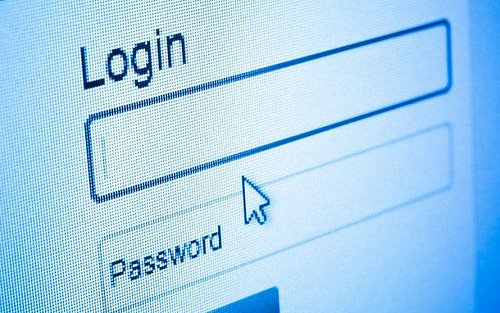Technology has enhanced our lives in many ways, but it has also raised concerns about privacy. You often hear of security breaches on websites and from retail stores where personal data is stolen. Identity theft and privacy threats are an ongoing problem with technology. However, this doesn’t mean that you should switch all your transactions to cash and never take advantage of the technology available to you. It simply means you should be aware of the privacy threats and take precautions to protect yourself and your assets. Here is a spotlight on five ways to protect your privacy when using technology.
Add Password Protection to All Your Devices
 Image via Flickr by automobileitalia
Image via Flickr by automobileitalia
It might seem annoying to type a seven-digit password every time you want to use your computer, tablet, or smartphone, but that password does a lot to protect your privacy. It prevents someone from accessing your personal information if your device is stolen. Sure, you might not get your stolen phone back, but at least you can rest easy knowing that your information is secure.
When choosing passwords for your devices, make sure that they are unique and that you use a different one for each device. It’s also helpful to avoid using common words and phrases and to add unusual characters to make your passwords more difficult to crack. Some people like to use the same password for everything for convenience, but try to avoid the temptation. If you ever forget a password, it’s typically easy to recover it.
Sign Out of Accounts When You’re Finished Viewing Them
There are tons of websites that require you to sign into your account — Facebook, Twitter, bank accounts, email, and subscription websites are just a few. You should make it part of your practice to sign out of these accounts and others as soon as you’re done with them. It isn’t enough to simply close your browser; you need to use the sign out feature. This protects you in case someone else opens your device. If you leave yourself signed in, anyone can view your accounts or use them anyway they like.
Regularly Clear Your Cookies and Browsing Data
Companies like to track the behavior of their customers to better target their ads. Many consider this activity a breach of trust. Make sure to clear your browsing history and cookies on a regular basis to prevent bots from seeing which websites you’ve viewed and what types of activities you’ve performed. If you’re extra worried, you can use an IP masker as an additional layer of protection.
Screen All Your Phone Calls
Most people find it annoying to get calls from solicitors and scammers. You can protect your privacy by screening calls. If you don’t know the number on your caller ID or you get a strange message from a caller, you should block the number from calling your phone again. This way you won’t have to deal with people who might want you to divulge personal information over the phone.
In addition to screening calls, you should learn how to block your number from showing up on other people’s caller IDs. This is ideal if you’re calling a retail establishment to ask questions and don’t want to be added to a caller list. Blocking your number helps to protect your privacy.
Use an Alias Name When Possible
Another way to protect your privacy is to provide an alias name whenever you are asked to give information on a website. There are times when this is not possible, such as when you’re dealing with the government or bank accounts, but there’s no reason for most websites to have your real name and information. It’s even common practice to have two email accounts—one for regular activity and one to send all of your spam.
You can still enjoy the perks of technology while maintaining your privacy. You just should make a conscious effort to protect yourself. Be careful when choosing service providers, opening a new credit accounts, and creating usernames and passwords on websites. If you take the necessary precautions, your privacy concerns will be minimized.


